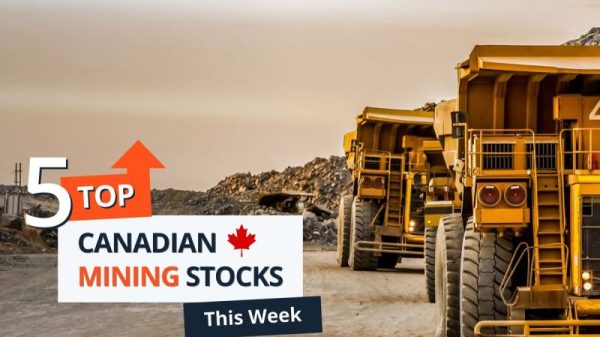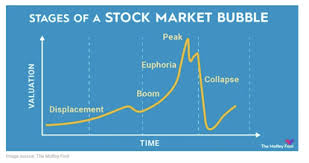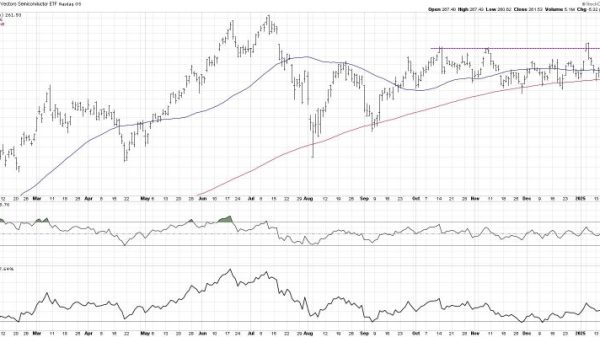China’s Chang’e-6 lunar module returned to Earth Tuesday, successfully completing its historic mission to collect the first ever samples from the far side of the moon in a major step forward for the country’s ambitious space program.
The reentry module “successfully landed” in a designated zone in China’s northern Inner Mongolia region just after 2 p.m. local time, according to state broadcaster CCTV. A livestream carried by CCTV showed the module touching down via parachute to a round of applause in the mission control room.
“The Chang’e-6 lunar exploration mission has been a complete success,” said Zhang Kejian, head of the China National Space Administration (CNSA), from the control room.
A search team located the module minutes after its landing, according to CCTV. The livestream showed a worker carrying out checks on the module, which lay on grassland beside a Chinese flag.
The successful mission is a key milestone in China’s “eternal dream” – as articulated by Chinese leader Xi Jinping – to establish the country as a dominant space power and comes as a number of countries, including the United States, also ramp up their own lunar exploration programs.
In a congratulatory message Tuesday, Xi hailed the mission as “another landmark achievement in building a strong country in space, and science and technology.”
Beijing plans to send astronauts to the moon by 2030 and build a research base at the lunar south pole – a region believed to contain water ice, where the US also hopes to establish a base.
The Chang’e-6 probe is expected to have returned to Earth with up to 2 kilograms of moon dust and rocks from the lunar far side, which will be analyzed by researchers in China before being opened for access by international scientists, according to the CNSA.
Results from the analysis of the samples could help scientists peer back into the evolution of the moon, the Earth and the solar system – while also aiding China’s aim to utilize resources on the moon to further its exploration there, experts say.
The samples were collected using a drill and robotic arm from a location within the sprawling South Pole-Aitken basin, an impact crater formed some 4 billion years ago on the moon’s far side, which is never visible to Earth.
An ascender then lifted them off the lunar surface and transferred them in lunar orbit to a re-entry vehicle, which then traveled back to Earth after separating from its lunar orbiter.
The progress of Chang’e-6 – China’s most technically complex mission to date – has been followed with intense interest within the country since its launch on May 3.
Earlier this month, images of the lunar lander displaying the Chinese flag and appearing to have drilled the character “zhong” – shorthand for China – on the lunar surface went viral on Chinese social media.
‘Treasure’ from the far side
The far side of the moon has been a point of fascination for scientists since they first peered at it in grainy, black and white images captured by the Soviet Union’s Luna 3 spacecraft in 1959 – and realized how different it was from the side facing Earth.
Absent were the lunar maria, or large, dark plains of cooled lava that pockmark much of the moon’s near side. Instead, the far side appeared to show a record of impact — covered in craters of different sizes and ages.
Decades later, and some five years since the Chang’e-4 mission made China the first and only country to complete a soft landing on the far side, scientists both from China and around the world have high hopes for the information that can be gleaned from the samples.
“It’s a gold mine … a treasure chest,” said James Head, a professor of planetary geosciences at Brown University, who together with European scientists, collaborated with Chinese scientists analyzing samples from the Chang’e-5 mission that returned near-side samples. “International scientists are totally excited about the mission,” he said.
Head pointed to the destruction of many clues of evolutionary history due to the shifting of the Earth’s plate tectonics and erosion that has obscured the planet’s first several billion years, including the period when life emerged.
“The moon is really the cornerstone for understanding that because its surface does not have plate tectonics – it’s actually a frozen record of what it was like in our early solar system,” he said, adding that understanding the moon’s makeup can not only aid our understanding of the past but future exploration of the solar system.
While the stated focus of the Chang’e-6 mission is these broader scientific questions, experts say analysis of the composition and physical properties of the samples could also help advance efforts to learn how to use resources on the moon for future lunar and space exploration.
“The (Chang’e-6) mission is focused on answering specific scientific questions, but the lunar soils collected from the mission can support future resource utilization,” said Yuqi Qian, a planetary geologist at the University of Hong Kong.
Lunar soil could be used for 3-D printing to produce bricks for construction of research bases on the moon, while some scientists were already working on finding more economical and practical technologies to extract gases like Helium-3, oxygen and hydrogen from the soil, which could support further lunar exploration, he said.
Once they receive the samples, Chinese scientists are expected to share data and carry out joint research with international partners, before Beijing later opens the samples for access by international teams, according to statements from CNSA officials.
International teams had to wait roughly three years to apply for access to samples from the Chang’e-5 mission, but some of the earliest published research on those samples was from teams of Chinese and international scientists.
‘Race’ to the moon
Chang’e-6 – the sixth of eight scheduled missions in the Chang’e series – is widely seen as an important step forward for China’s aim to put astronauts on the moon in the coming years.
“Each step in the sample return mission process is exactly what you need to do to land humans on the moon and return,” Head said. “It shouldn’t be lost on anyone that while, on one hand, this is a scientific mission, the command and control aspects (are) exactly what you need for lunar human exploration as well as things like Mars sample return.”
China’s ambitions to send astronauts to the moon come as the US targets launching a crewed “Artemis” mission as early as 2026 – in what would be America’s first such attempt in more than 50 years.
NASA chief Bill Nelson has appeared to point to China’s pace as a driver in US progress, telling lawmakers in April that the two countries were “in effect … in a race.”
“My concern is that they (get to the south pole) first and then say, ‘this is our area, you stay out,’ because the south pole of the moon is an important part … We think that there is water there and if there’s water, then there’s rocket fuel,” Nelson said.
China has sought to dispel concerns about its ambitions, reiterating its position that space exploration should “benefit all mankind” and actively recruiting country partners for its planned international lunar research station.
China and the US are not alone in eyeing the national prestige, potential scientific benefits, access to resources and further deep space exploration that successful moon missions could bring.
Last year, India landed its first spacecraft on the moon, while Russia’s first lunar mission in decades ended in failure when its Luna 25 probe crashed into the moon’s surface.
In January, Japan became the fifth country to land a spacecraft on the moon, though its Moon Sniper lander faced power issues due to an incorrect landing angle. The following month, IM-1, a NASA-funded mission designed by Texas-based private firm Intuitive Machines, touched down close to the lunar south pole.
China is scheduled to launch its Chang’e-7 mission to the lunar south pole region in 2026, while Chang’e-8 will be launched in 2028 to carry out tests aimed at utilization of lunar resources in preparation for the lunar research station, Chinese space authorities said earlier this year.
This story has been updated with additional developments.


































